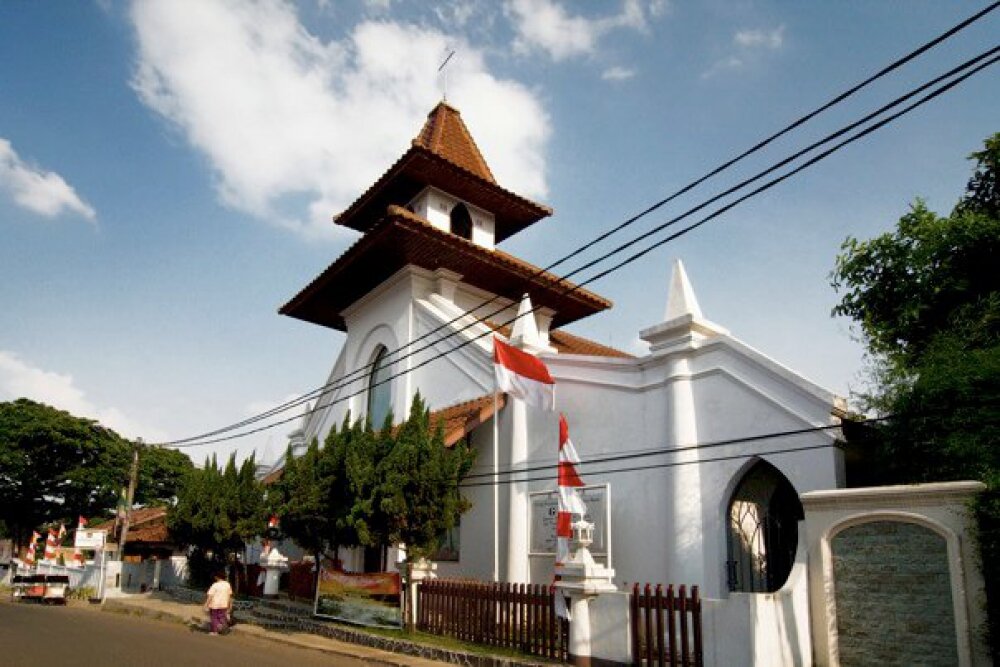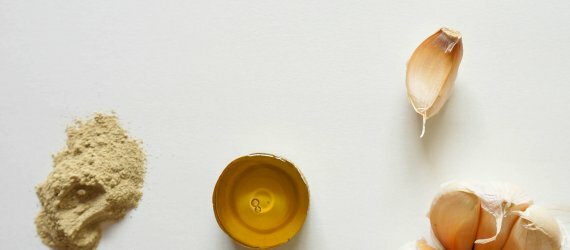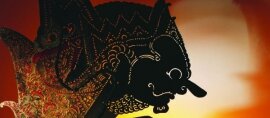by Tasa Nugraza Barley
There is a rich, largely forgotten history attached to the term “Belanda Depok,” or “bule Depok.” Literally translated, Belanda is the Netherlands, Depok is a city in West Java and bule is slang for white foreigner.
But the term is confusing. The Belanda Depok are not Dutch people who live in Depok, but rather they are Indonesians whose ancestors had worked as slaves for the Dutch during the colonial era.
The term initially had negative connotations, used by Indonesians to label fellow countrymen as traitors because they worked for the Dutch.
Over the years, however, the meaning of Belanda Depok has evolved. These days, it is used to refer to Indonesians who dye their hair blonde and wear Western styles.
It can also simply refer to the descendants of slaves who still live in the Depok area to this day.
“Look at us. Do we really look like Dutchmen?” Yano Jonathans said.
Yano, a retired electrical engineer, is a sixth-generation descendant of the original Belanda Depok.
Along with his wife Yulia R. Jonathans Leander, they have been actively campaigning for the Belanda Depok to be rightly recognized in Indonesian history.
“People should recognize the role of Belanda Depok in building the city of Depok,” Yano said.
He explained that the Belanda Depok have always been misunderstood. “Historically, we were often seen as the bad guys,” he said.
The terms Belanda and bule Depok came into use after the Dutch government established the first railway system plying the Jakarta and Bogor routes in 1887.
According to Yano, the train would stop at the Depok station to pick up passengers.
Onboard the train, the Indonesian passengers from Depok would speak fluent Dutch with each other. Other Indonesians who witnessed this started to label them Belanda Depok.
From that moment on, the term has been widely used and misused.
Yulia said that many people still mistakenly think that bule Depok are Dutch. “The truth is, Belanda Depok are Indonesian. I am of Balinese and Javanese ancestry.”
The history behind the term is compelling. In the late 17th century, Cornelis Chastelein, a high-ranking Dutch official and businessman, bought a large farm in Depok.
He brought 150 slaves from places such as Java, Bali, Sulawesi and Maluku to work on his farmland. “It was those slaves who were later called Belanda Depok,” Yano said.
During his lifetime, Chastelein actively spread Christianity in Depok through his Christian organization De Eerste Protestante Organisatie van Christenen (The First Protestant Christian Organization), also known as Depoc.
Many believe that the city was named after this organization.
As a devout Christian, Yano said that Chastelein treated his slaves better than most Dutch landlords. He educated them and taught them to speak Dutch.
For this reason, Yano said that Chastelein’s slaves were often branded as workers or spies of the Dutch government. “Being Belanda Depok has not always been easy,” he said.
Indeed, much of their history reads like an Old Testament tale. In 1713, a year before Chastelein died, he made a provision in his will granting them their freedom.
The slaves who had converted to Christianity were also to inherit his land. The Christian slaves were divided into 12 clans: Bacas, Isakh, Jacob, Jonathans, Joseph, Laurens, Leander, Loen, Samuel, Soedira, Tholense and Zadokh.
But mistrust remained. Yano said that many Belanda Depok were imprisoned or killed by Indonesian guerilla fighters between 1945-50 because they were suspected of working for the Dutch.
Although the modern-day Belanda Depok have assimilated with the communities they live in, many of them have chosen inter-clan marriages. Yano and Yulia are an example.
“I’m from the Leander clan and got married with someone from the Jonathans clan so I use both names,” Yulia said.
According to Lembaga Cornelis Chastelein (Cornelis Chastelein Foundation) — a foundation that works to protect the Belanda Depok community’s interests and its assets — there are more than 7,000 descendants in Indonesia and abroad.
Of the 12 clans, only the Zodakh clan is no longer in existence.
After the declaration of Indonesia’s independence, much of the clans’ lands were acquired by the government.
The Belanda Depok managed to hold on to their private residences and community facilities.
Nowadays, it is difficult to pinpoint the original sites where they used to live, as they have been swallowed up by the city’s rapid urbanization and its population of 1.3 million.
Jalan Pemuda may be the last place where buildings built by Chastelein can be found. Some Belanda Depok, like Yano and Yulia, still live there.
The Cornelis Chastelein Foundation maintains several facilities in the area, including an office, church, cemetery and schools.
The iconic Immanuel Church was where Chastelein practiced and spread Christianity. With a tall tower and white facade, the church features the Dutch style common at the time.
“The Belanda Depok were actually the first people to build Depok,” said Vence Turalakey, headmaster of Pemuda High School, which is maintained by the foundation.
“A long time before other people came to Depok, they were already here.”
Vence also pointed out that the descendants of Belanda Depok first governed the city long before independence. In 1871, the Dutch granted them autonomy to independently govern Depok.
The house that was used by the president of Depok — the system of government in the area in the 1800s — can still be found on Jalan Pemuda.
“I feel very proud that I can be in a very historic area every day,” said Gloria Angel Stevani, a student at Pemuda High School.
“Belanda Depok played a very important part in the history of Depok and Indonesia, I think young Indonesians should know more about that.”
“It’s such a shame that many young people who live in Depok don’t know about this story,” said Samantha Oktaviana, who studies at the same school.
Yano and Yulia are making an effort to try to educate people.
With the help of an unnamed high-ranking official in the Netherlands, Yano could finally publish his book called "Depok Tempo Doeloe" ("Depok in the Past") in 2011, which traces the city’s beginnings.
If it were up to Yano, he would even change Depok’s official anniversary from April 20, 1999 — when it was officially recognized as a city — to the date when the 12 clans were granted land ownership by Chastelein.
He is also lobbying for the government to declare the Pemuda area as a cultural heritage center like Jakarta’s Kota Tua (Old Town).
Yulia said that informal gatherings are often held by the Chastelein Foundation to try and keep the Belanda Depok united and aware of their origins.
But even with their campaign for more recognition, Yulia wants people to be aware of this fact: “Although our names may sound Dutch, we’re totally Indonesian.”
This article was previously published on The Jakarta Globe
Advertisement Advertise your own

0 Komentar
READ NEXT
BACK TO TOP
















